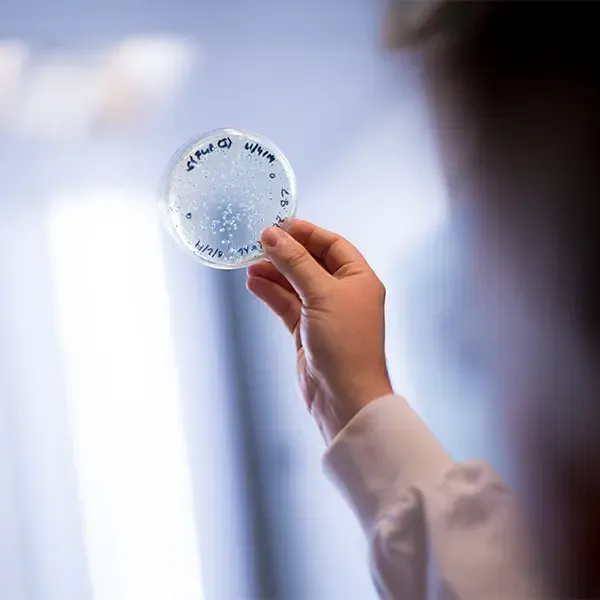Infection control has a long and colourful history.
In this week’s blog we’ll discuss the start of this discipline, its modern-day applications and why training in this area is so important.
The beginning of infection control
Modern-day infection control is widely considered to have been created by Dr. Ignaz Semmelweis in the 1840s. As Director of the maternity clinic in the Vienna General Hospital, he oversaw two maternity clinics: one designed for the teaching of medical students, the other for the instruction of midwives.
He discovered that the incidence of puerperal fever (an infection of the female reproductive organs contracted during or following childbirth) was much higher on the medical ward than the midwifery ward. In the days before antibiotics, this infection was almost invariably fatal, and the mortality rate in the medical ward was 18.3% (compared to 2.8% in the midwifery ward).
There was nothing about the women on the medical ward that would suggest that they were especially vulnerable to infection. Moreover, the facilities and procedures on both wards were broadly similar. The only difference between the two was the personnel attending to the women.
Semmelweis realised that the doctors on the medical ward would often conduct obstetric procedures on women immediately after performing autopsies (and without washing their hands or the medical instruments they used). He concluded that there must be a link between this activity and infection and he instituted a policy of hand-washing, and later, instrument-washing. Within a few months, the death rate from puerperal fever dropped to less than 1%. Thus, infection control was born!
Infection control today
Infection prevention and control is still extremely relevant in today’s society, with the latest figures suggesting that approximately 5,500 NHS patients were killed by E.coli infections in 2015. The deaths could have been prevented with better hygiene, improved patient care and regular hand-washing in hospitals, surgeries and care homes.
The emergence of so-called “superbugs” (e.g. MRSA) is also a reminder that in the not-too-distant future, antibiotics may eventually become obsolete. If (or when) that happens, there will be no weapon in the war against pathogenic organisms.
As it becomes more difficult to treat infection, it becomes ever more important to prevent it from happening in the first place. Modern infection control does just this with hospital staff, environmental health officers and healthcare professionals focusing on both preventing and controlling the spread of infection. This can occur via processes such as sterilisation, cleaning, disinfection and outbreak investigation.
Studying infection control
Infection control nurse specialists, environmental health officers or other healthcare professionals are on the front line in the fight against infection. An MSc Infection Control will help them achieve the knowledge and skills required to undertake this role. Because the course we offer is 100% online, it is easily accessible by healthcare professionals around the world. And the part-time nature of the programme also allows you to continue working while you study.
Our advanced-level health masters course is designed to provide you with the latest knowledge and understanding of infection control practice, giving you the ability to develop and implement strategies to reduce the spread of hospital acquired infection and respond appropriately to an outbreak of infection within a community. You will also be able to advise policy makers and other clinicians on matters relating to infection control.
Feeling inspired to learn more about infection control? Download our prospectus or alternatively, get in touch with our friendly Admissions team.
